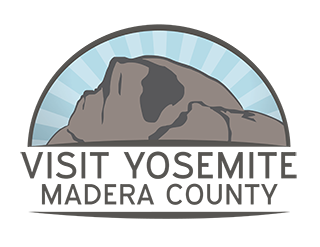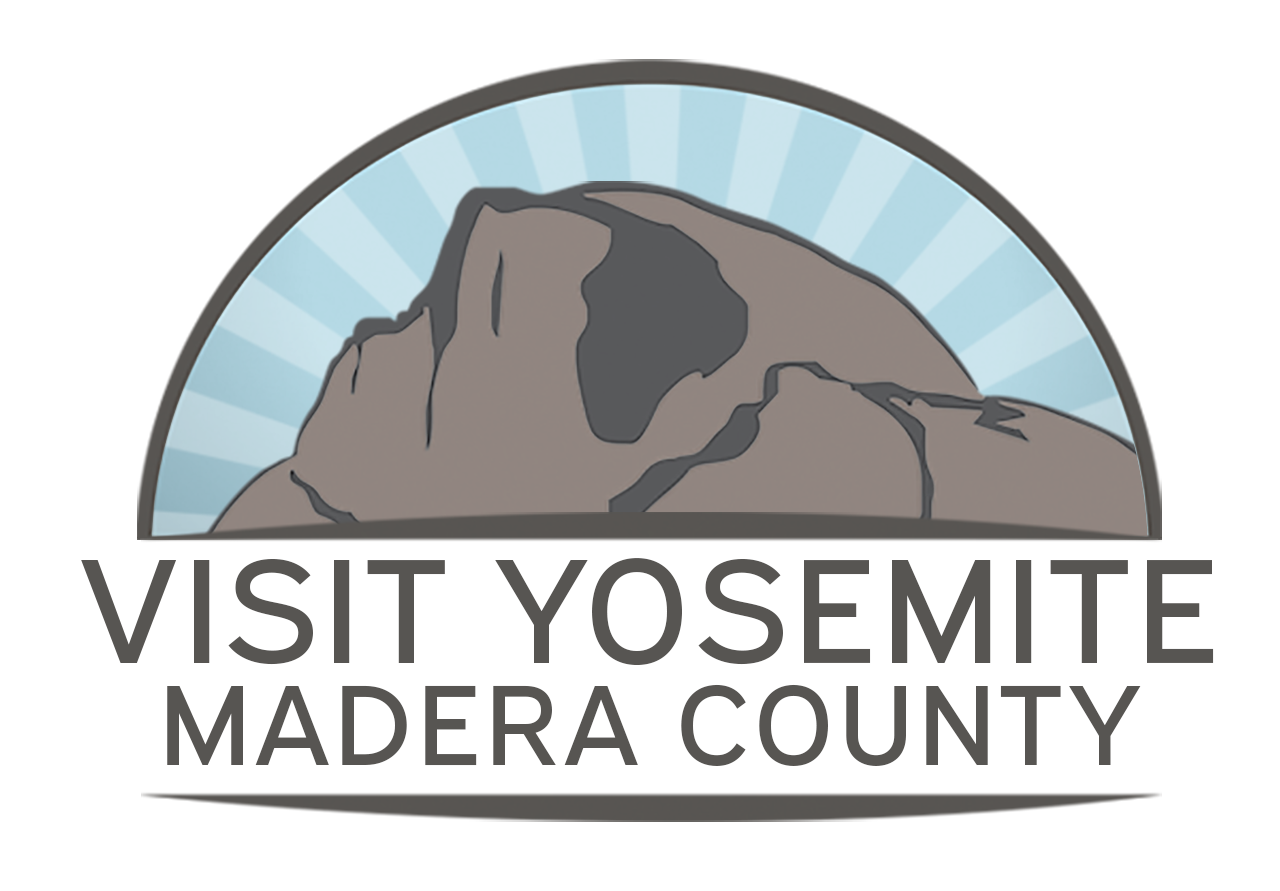Yosemite Nature Notes - Black Bears
Hundreds of black bears make their home in Yosemite and seeing a wild bear is often the highlight of a trip to the park. Bears often remind us of ourselves, and the complex relationship between bears and humans has changed over time as we strive to keep bears wild.
______________________________________________________________________________________
Like what you see? Save any of these pins (or maybe all of them) to your travel planning board(s) to give you any easy way to find your way back here! Also check out our other blog posts as well as itineraries for more ideas and pins!
One of the most sought after experiences in Yosemite is seeing one of it's many black bears. Like everything else in the park, bears play a very important role in Yosemite's ecosystem. It's important to be careful not to interfere in the delicate balance.
Humans and bears are actually quite similar in a lot of ways. According to wildlife biologist David Graber, we're roughly the same size. We're both intelligent animals and eat many of the same foods. It's those similarities that put bears and humans in competition, which can have serious repercussions for the animals.
When a bear realizes it can get food from human activity, it changes its entire regimen and learns new behaviors. One of those behaviors is what they call "mock aggression." For example, they know charging towards a person for a moment sends the person scampering away, leaving the food ripe for the taking. It's this behavior that is most problematic, and leads to animals having to be relocated, or worse.
Bears spend most of their waking time in the pursuit of food as they prepare for the long winter when they go without. That drive has helped them evolve incredible abilities that help find and identify food sources, remember where they've found meals before, and also infer where they might be able to find something to eat. That's why campgrounds are often targets for bears looking for an easy meal. Many of the four million yearly visitors bring something to eat with them, and many of the bears know this.
When Yosemite was first made a national park, human interactions with bears were frequent. This resulted in the animals becoming reliant on people for their food. From the 1920's all the way until World War II, food waste was placed in dumps throughout the park, in an attempt to create feeding areas that lessened interaction. These efforts actually backfired, and those dumps were finally closed. When the last dump was shuttered, bears moved to the other end of the food chain, trying to get sustenance at the front of the line. The powerful animals would raid campsites and easily damage vehicles trying to get at the goodies left inside.
The first solid steel lockers were introduced into the park at the suggestion of Graber in 1977. Each site in the White Wolf Campground had a locker, and a ranger would go around each evening advising people to place their food in these lockers. The program worked, and now every camp site in the park has one.
Incidents where bears break into cars and campsites are less frequent today, thanks to the rangers' education and visitors' efforts to properly store food. By maintaining those efforts, we can keep Yosemite and its animals wild.










